The 10 Best Literary Rediscoveries of 2023
- Oops!Something went wrong.Please try again later.
- Oops!Something went wrong.Please try again later.
- Oops!Something went wrong.Please try again later.
In addition to the new books they print each year, publishers large and small often dig into the past to find writing that deserves to be delivered to fresh eyes. In 2023 I was amazed by the bounty of reprints, reissues, and discoveries that arrived in bookstores, as enterprising editors sought out out-of-print novels, art exhibits, plays, and collaborations and brought them back into the world. Here are 10 of my favorites.
The British memoirist, travel writer, and novelist Raban died this year, months before the publication of his final book. Raban made his home for decades in America, specifically Seattle, and his adopted country is the subject of some of his best writing, including 1996’s exceptional Bad Land, which was reissued this year in a handsome new paperback with an introduction by Jane Smiley. Bad Land tells the story of the 20th-century American Plains: Montana’s settlement by immigrants lured by promises of bounty; those settlers’ suffering as the skies refused to deliver rain and the winds picked up their fields and blew them away. In others’ hands, this archetypal American story has been dry as the dust that blotted out the sky. In Raban’s, though, history comes alive, thanks to his research, his thoughtful conversations with present-day residents, and above all his restless curiosity, which helps him to see the power and beauty of the badlands to the immigrants who, like him, came to this country to reinvent their lives. One purpose of reissuing a book is to keep a writer’s legacy alive after they’re gone, something you’ll be even more grateful for as you read Raban unearthing the distinctly American stories of lost, forgotten homesteaders.
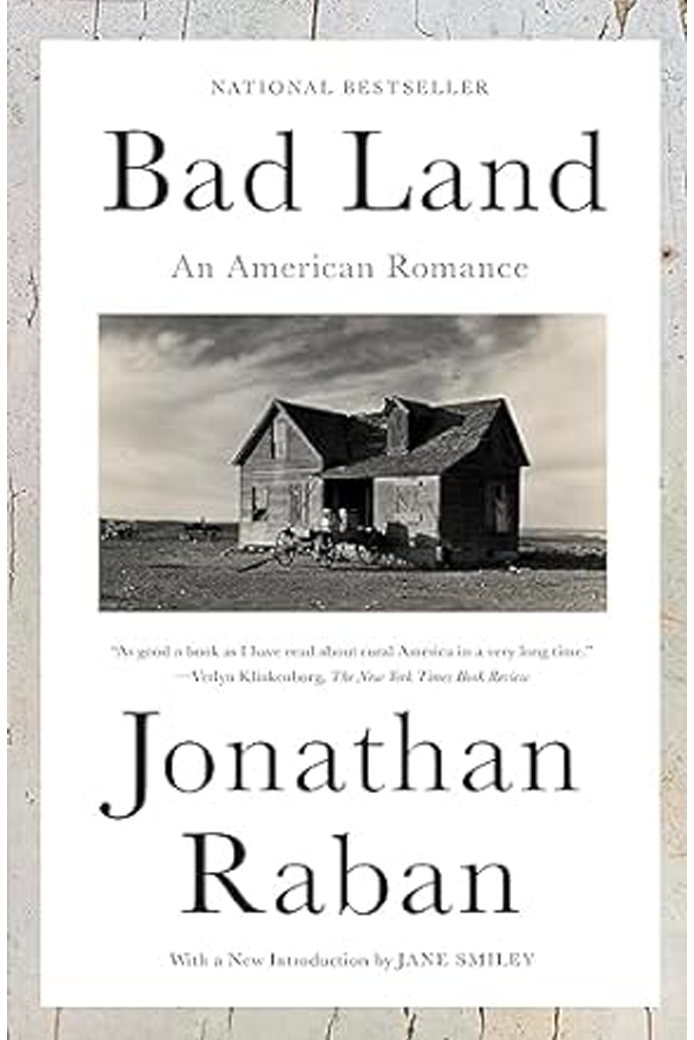
Long out of print since its original publication in 1983, Black Women Writers at Work is a crucial survey of the field compiled at a moment when literature by Black women was just beginning its move from the margins to the mainstream. (Alice Walker had just published The Color Purple, and Toni Morrison’s Beloved was a few years away.) This reissue offers readers a glorious opportunity to read learned, sympathetic, contemporaneous interviews with Walker, Morrison, Ntozake Shange, Gwendolyn Brooks, and a dozen others, many of them eyebrow-raisingly candid. Gayl Jones compares the plot concerns of Black men like author Ernest Gaines to those of Black women like her. Audre Lorde declares, “I cannot be categorized. That has been both my weakness and my strength.” And Morrison herself, who edited the work of many of the women in this book while penning her own masterpieces, scoffs at those who complain they can never find the time to write. “I can do two things at once. Most of the things I do, I know how to do so I don’t have to concentrate on them, give them my full attention,” she tells Tate regally. “There’s very little one does that engages the full mind for a long period of time.”
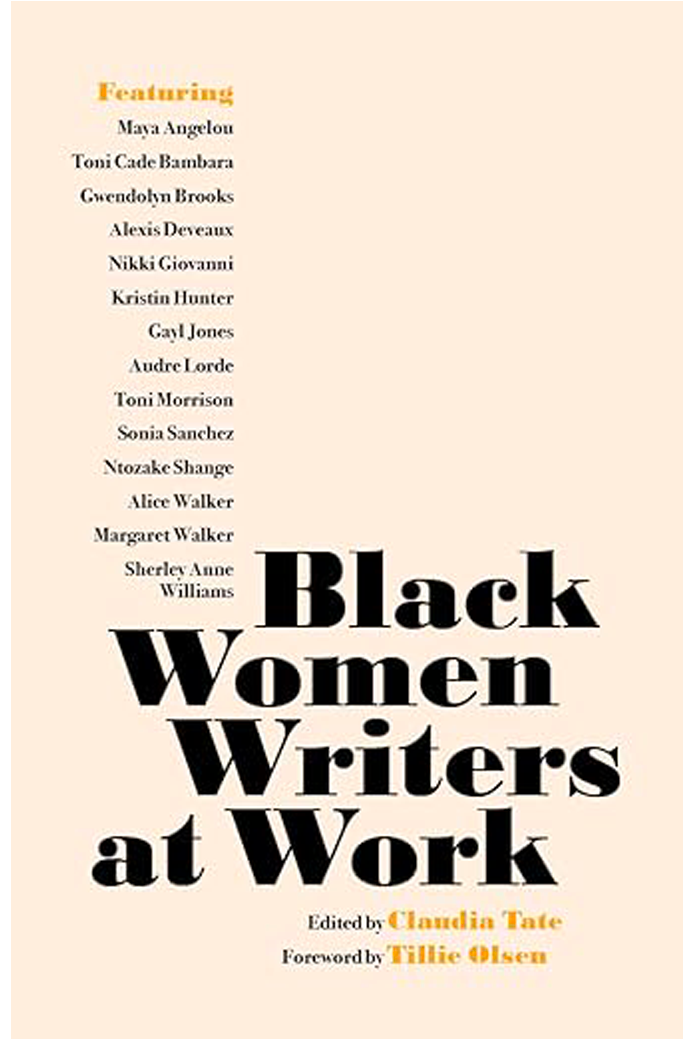
“I’m acutely aware of how everything is surrounded by light,” Berger writes in this tiny, elegant chronicle of having his cataracts removed. “Just as fish live and swim in water: we live and move through light.” First published in 2011, when Berger was 84, this book is a kind of late-life accompaniment to Berger’s Ways of Seeing, which remains for many the definitive guide to how to look at a work of art. In Cataract, Berger puts words to the simplest of human actions in a manner so, well, eye-opening that you’ll never, uh, see seeing the same way again. Apologies for the anvilicious metaphors, but the clarity (sorry) and insight (sorry again) of Berger’s view on this subject make it very difficult to write about this book without realizing how vision rules our imaginations and how powerfully disorienting its gradual fade—and how miraculous its recovery—can be.
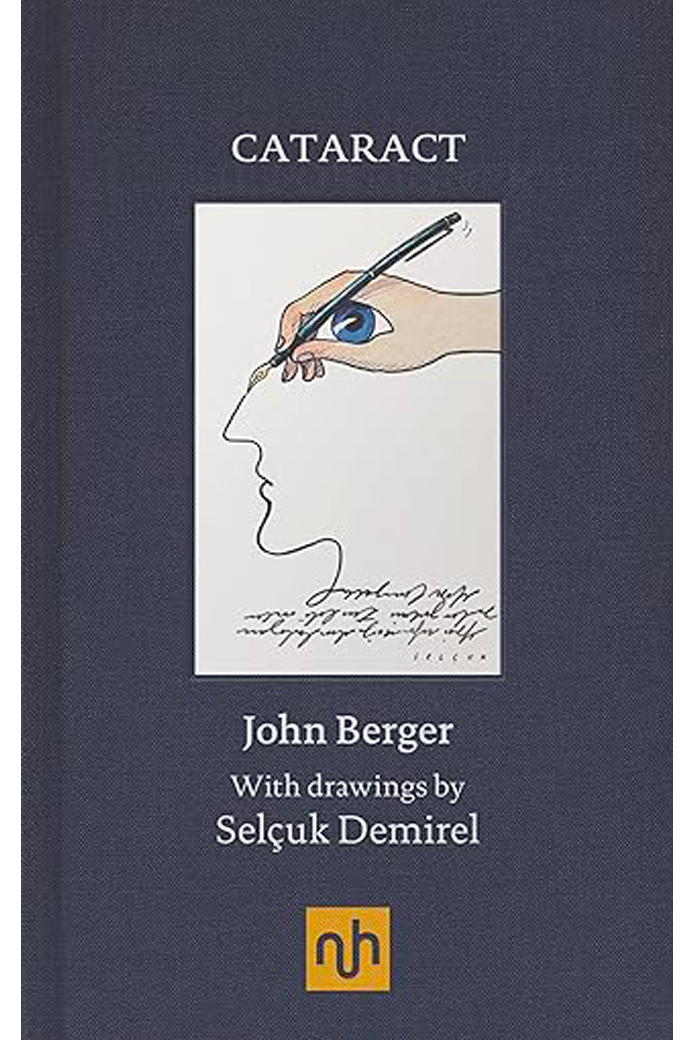
Sometimes, publishers reissue books as a way of introducing prominent foreign writers to a broader American public. Pantheon is in the midst of a push for the Australian master Helen Garner, republishing three books by this 81-year-old author, who’s a literary lightning rod at home and something of a writer’s writer in the States. This beautifully written novel of suburbanites in heat follows more than half a dozen characters, never settling for long on one, keeping us as uncertain and alarmed as its mothers, daughters, sisters, and university friends as they circle one another and consider, then make, certain bad decisions. “The novel isn’t screed or indictment,” writes Rumaan Alam in his introduction to the new edition. It’s “as reasonable and impartial as a mirror.”
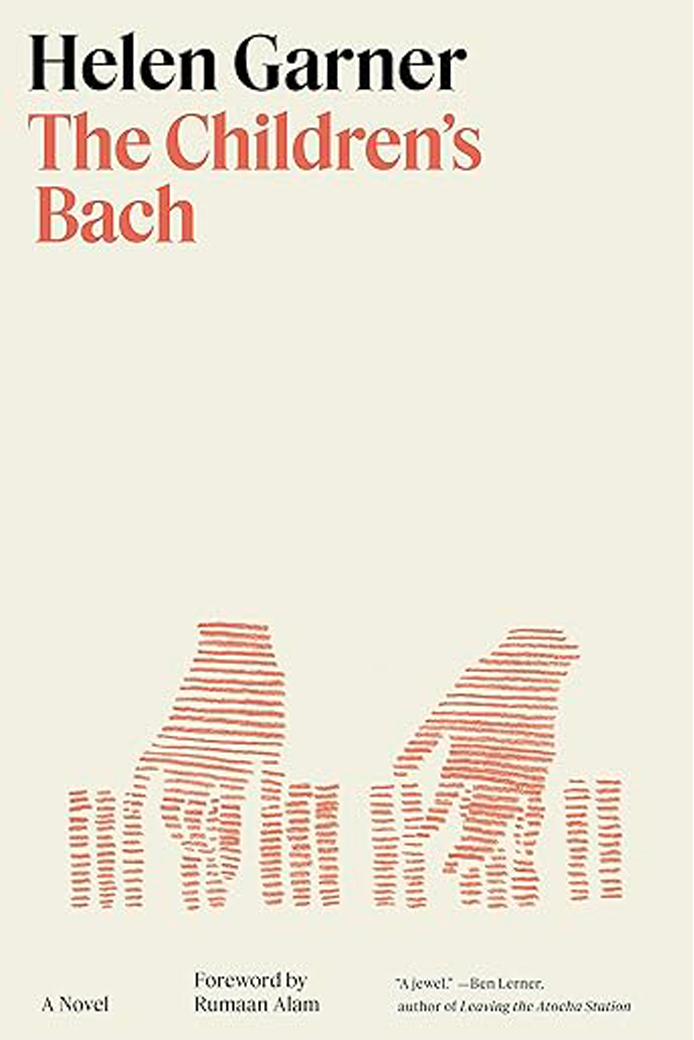
The reissued paperback of this cozy, pitch-black comedy sports the same Edward Gorey illustration that decorated the original hardcover when it was published in 1986. It’s perfect: deadpan, sly, and threatening, just like this very funny, very weird novel. “The girls,” Janet and Susan, have always lived in their little village in the Cotswolds, running their charming shop and retiring to the house up on the hill. Even as times change and their family grows, they’re entirely content, which is why, when something threatens their equanimity, they do some quite shocking things. I’m sure I’m not the only reader who thought of this book as his own secret, to be recommended only to the most unusual of friends, but now it’s back in the world and will hopefully garner the cult audience it deserves.
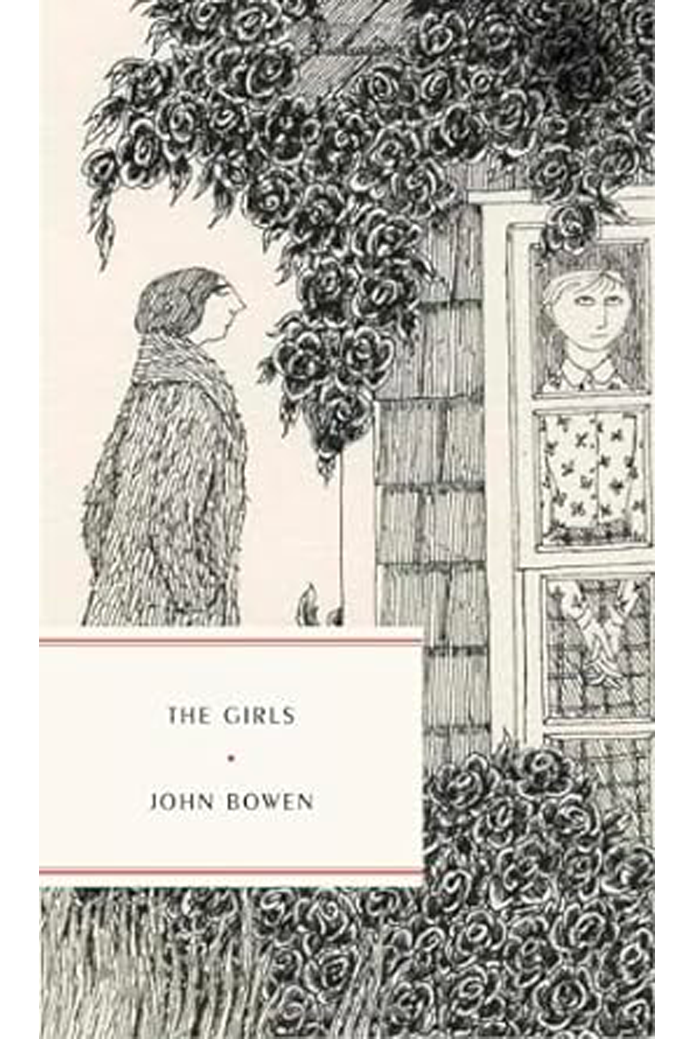
The feminist fabulist Ingalls, who published a number of odd, marvelous books in the 1980s, has been having a minor renaissance in recent years, in part because when she died in 2019, any number of famous writers lined up to explain how great she was. This year, Storybook ND, the delightful New Directions imprint that dresses up long stories to look like adult Little Golden Books, reprinted Ingalls’ utterly deranged domestic satire “In the Act” as a single volume, and no book made me cackle harder this year. The story tracks a middle-aged wife’s growing exasperation at her husband’s endless experiments up in the attic, then—when she discovers what the experiments have accomplished—takes a hard right turn into the sublimely surreal. Part of the fun of reading this story is imagining the combination of rage and hilarity Ingalls must have felt as she invented it—the story lands like a single long, cathartic shriek into the void.
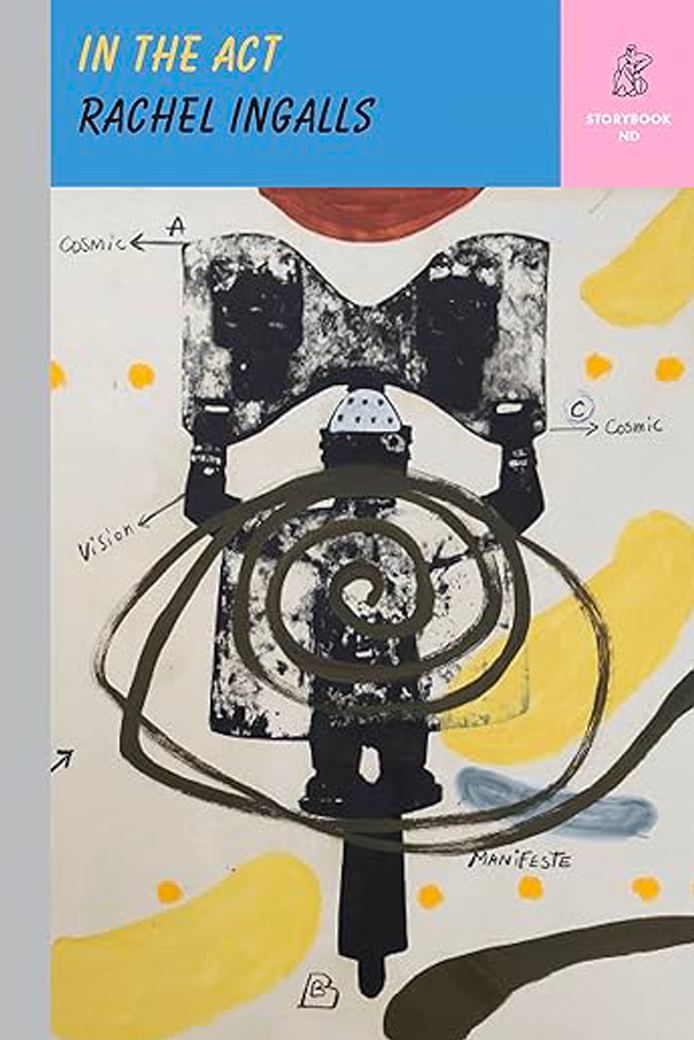
I’d given up hope of ever reading this play, which I saw in a thrilling production at the Public Theater in New York in 2011. For years the play existed, in that it was a file that, presumably, Kushner’s agent would email to artistic directors who were producing it—and that Kushner, as he reveals in the enormously entertaining afterword to this finally published edition, was rewriting and rewriting over more than a decade, as is his wont. So let’s hear it for Theatre Communications Group, which finally wrestled that computer file into a handsome paperback that makes this gregarious mashup of family drama, romance, and agitprop available to read at home. That’s another kind of “reissuing,” to my mind: the transformation of a work of art that has long existed, in some other format, into a book that I, personally, can finally read. Kushner has more plays ahead of him, I believe, but this book makes for a gorgeous, enjoyable capstone to the second act of Kushner’s theatrical career—a career with its roots in his time, before he even wrote Angels in America, as a young staffer at TCG.

“It happened before I was dead, which was a bit of a surprise,” novelist Plunket told the New York Times about the rediscovery and republication of his debut novel. “I think it might have been more effective if I was dead, because then it would be a better story, instead of this old guy living in his trailer with a crazy dog.” It’s been gratifying to watch Plunket take a “victory lap” at 78 as a new generation of readers discovers this offbeat, outrageous novel of academic tribulation, which follows a mediocre historian through his increasingly unhinged attempts to acquire letters President Harding sent to his fair mistress. (The fair mistress is now a doddering old bat living in L.A.) This great new edition features an enlightening introduction by Danzy Senna, who wonderingly surveys the novel’s charms and also considers its surprisingly robust influence—including making a pretty solid case that the writers on Seinfeld straight-up swiped Elaine’s dancing from My Search for Warren Harding.
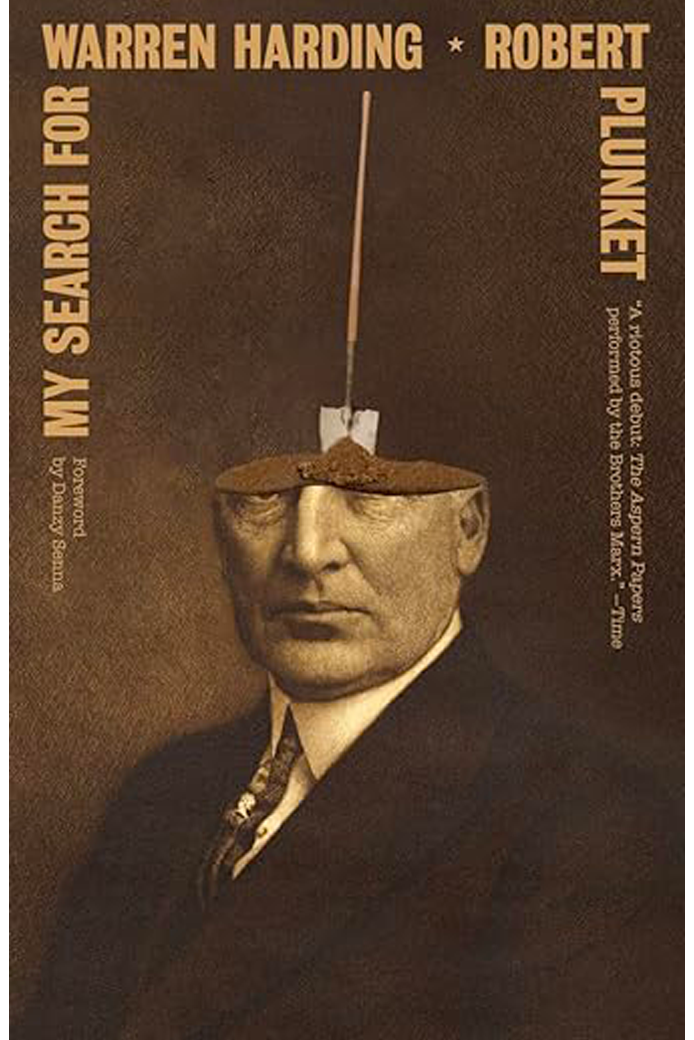
Listeners of Slate’s Culture Gabfest know about co-host Julia Turner’s long quest to reread a beloved book of her youth, a whimsical tale of a world-famous architect mouse who makes dream homes for her woodland neighbors. Her fellow panelists may have mocked her or even doubted that such a book exists, but this year her quest had a happy ending, as an editor at New York Review Books heard Julia’s endorsement, tracked down the rightsholders, and acquired the title for its wonderful line of children’s books. And now you can enjoy the weird little picture book that made Julia Turner who she is today! It’s an utter delight, a book that certain aesthetically oriented children will find endlessly fascinating, picking out detail after tiny detail in Ms. Mouse’s elegant designs for Squirrel, Fox, and Rabbit. (Me, I’m jealous of Lizard’s solarium.)
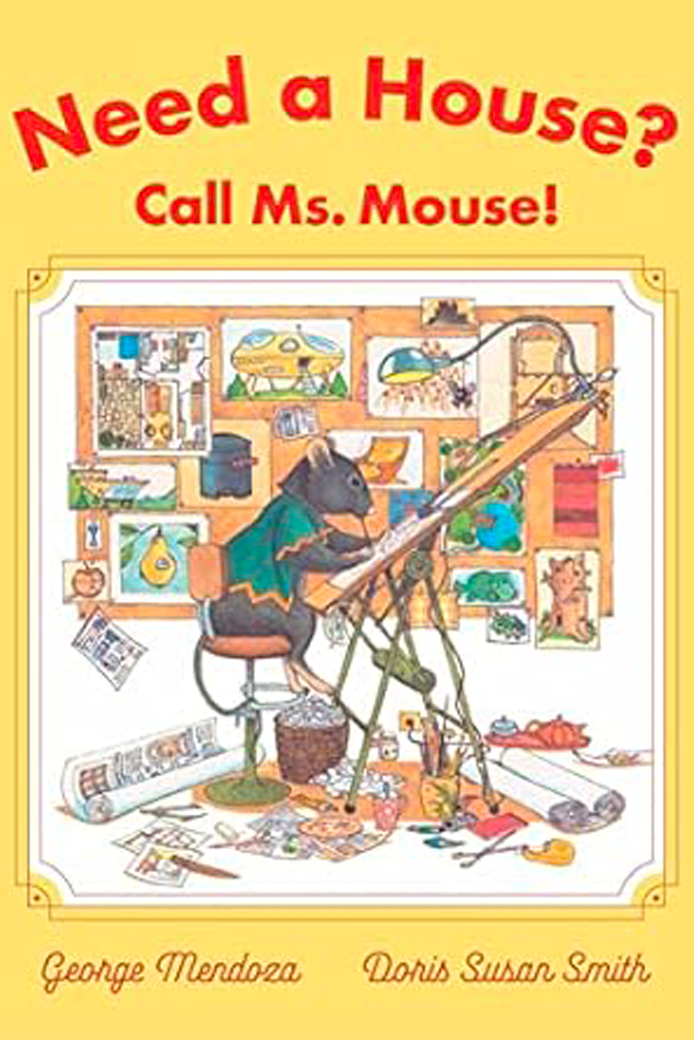
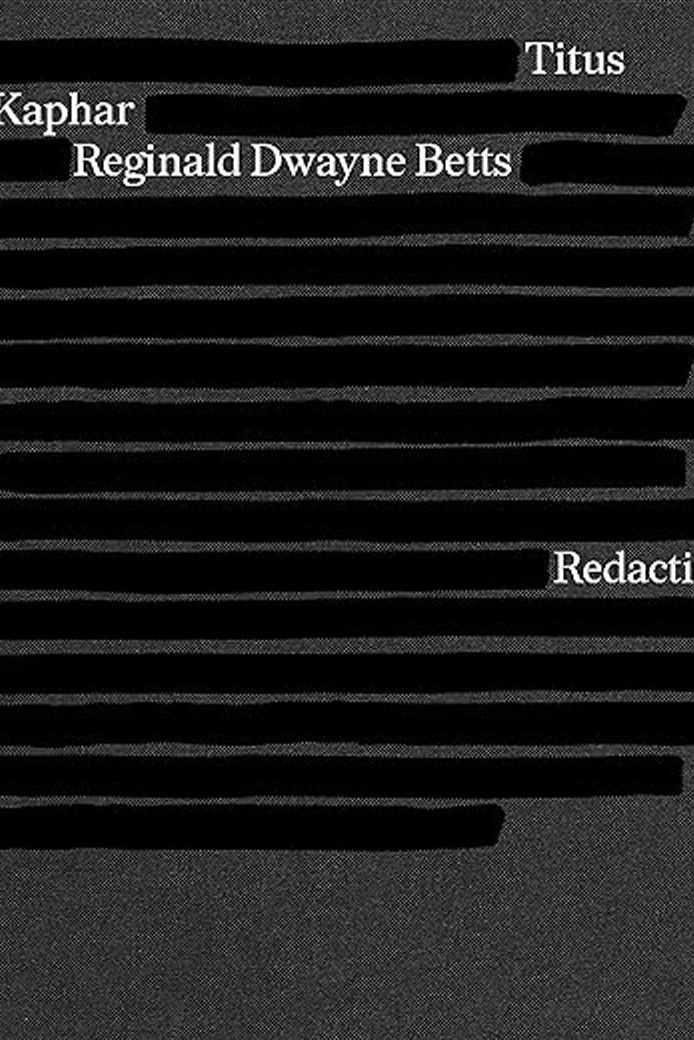
I never got a chance to see the art exhibit Redaction at the New York Museum of Modern Art’s PS1 in 2019, so I’m deeply grateful that this year Norton reprinted the exhibition in book form. It makes for a bracing, beautiful reading experience. Artist Kaphar makes striking etchings of men and women trapped in America’s cash bail system, and poet Betts creates found poems out of their redacted briefs filed to the courts—and the courts’ implacable responses. The result is the most visually rewarding book I set my eyes upon this year, one that also includes soaring, struggling poems from Betts, himself a former inmate. “Sometimes your sins make you want to vanish,” Betts writes, “unsettled by how there may be no song without them.”

